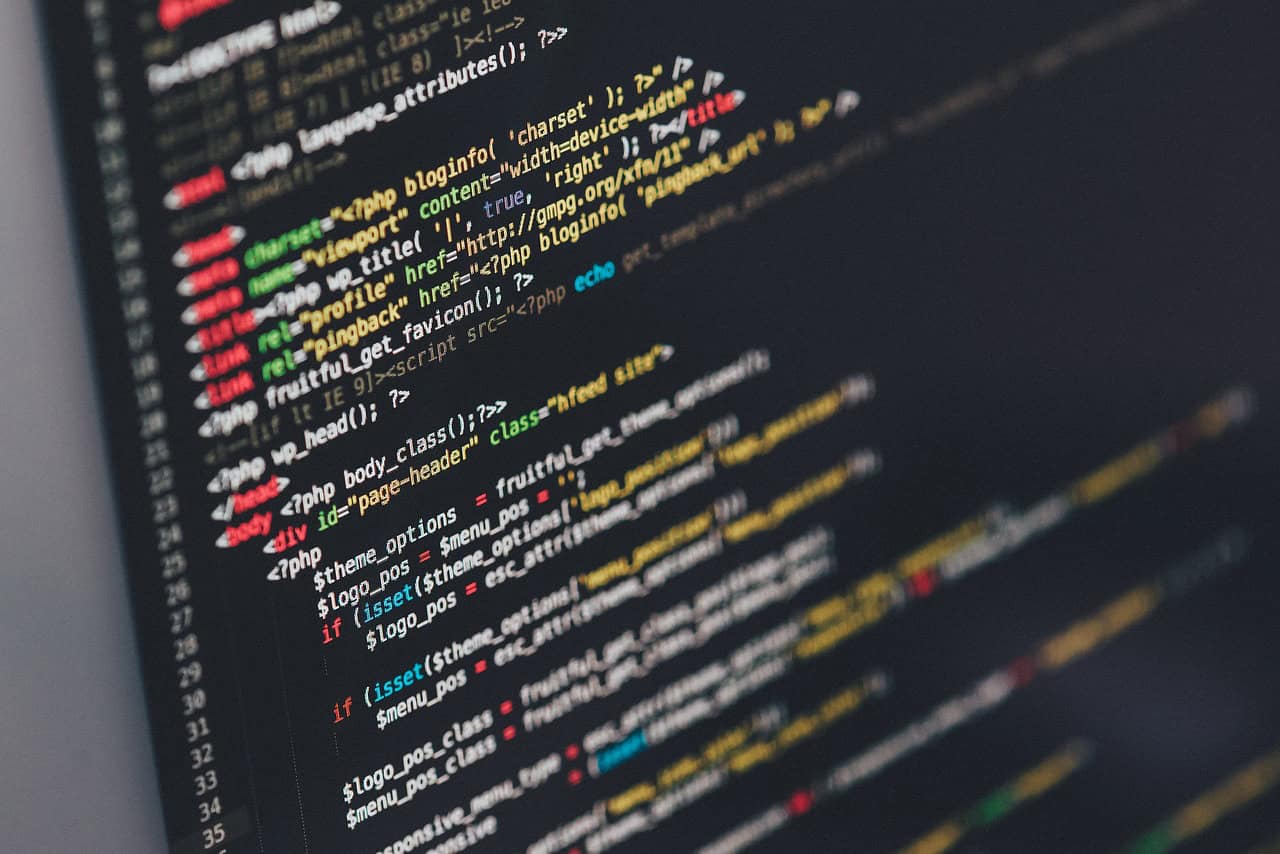Python Algorithms: Unlocking the Power of Problem Solving
Estimated reading time: 5 minutes
- Understand the importance of algorithms in programming.
- Explore different types of Python algorithms.
- Utilize Python libraries for algorithm implementation.
- Access valuable educational resources for further learning.
Table of Contents
- Understanding Python Algorithms
- Types of Python Algorithms
- Key Features of Python for Algorithms
- Practical Takeaways for Implementing Python Algorithms
- Educational Resources To Enhance Your Learning
- Conclusion
- Call to Action
- Legal Disclaimer
Understanding Python Algorithms
Python algorithms refer to the set of instructions used to solve specific computational problems effectively and efficiently. Their importance in software development cannot be overstated; they serve as the backbone for the implementation of complex functionalities across various applications, from simple sorting tasks to intricate machine learning models.
Types of Python Algorithms
Python supports a wide variety of algorithms, each serving unique functions. Here are some core categories of algorithms you should know:
1. Sorting Algorithms
Sorting algorithms arrange data in a specific order. They form a foundational topic in computer science, and here are a few popular examples:
- Merge Sort: This algorithm divides the dataset into smaller parts and then combines them back in sorted order, making it an effective approach for large data sets.
- Heap Sort: Utilizing a binary heap, this algorithm sorts data by repeatedly extracting the maximum element.
- Radix Sort: A non-comparative sorting algorithm that sorts integers by processing individual digits.
2. Search Algorithms
Search algorithms are designed to locate specific elements within a data collection. Among them, Binary Search stands out as an efficient option for finding an item in a sorted array by navigating the search space through division.
3. Graph Algorithms
Graph algorithms perform operations on graphs, which consist of vertices connected by edges. Two vital examples are:
- Depth-First Search (DFS): This approach explores a graph’s nodes by traversing as far as possible along each branch before backtracking.
- Breadth-First Search (BFS): BFS explores all neighbor nodes at the present depth level before moving to nodes at the next depth level.
4. Tree Traversal Algorithms
Tree traversal algorithms are essential for visiting nodes in tree data structures. They include:
- Depth-First Search (DFS): Applies the same principles of DFS but focuses on tree structures.
- Breadth-First Traversal (BFS): Similar to BFS in graph theory, this method traverses tree nodes level by level.
5. Dynamic Programming Algorithms
These algorithms break complex problems into simpler subproblems, leading to efficient solutions:
- Fibonacci Series is a classic example where dynamic programming enhances efficiency by watching out for redundant calculations.
6. Greedy Algorithms
Greedy algorithms solve problems by making the locally optimal choice at each step with the hope of reaching a global optimum. A typical example is the Activity Selection Problem, which optimally selects activities based on start and finish times.
Key Features of Python for Algorithms
Python stands out as a preferred language for algorithm development because of several compelling features:
- Ease of Use: Python’s clear and simple syntax makes it accessible for beginners, allowing them to grasp and implement algorithms quickly.
- Rich Ecosystem: Python boasts an extensive range of libraries and data structures that facilitate algorithm implementation. Notable libraries include:
- NumPy and SciPy for efficient numerical operations,
- Pandas for data manipulation and analysis,
- Scikit-learn, which offers a plethora of tools for machine learning algorithm development.
Practical Takeaways for Implementing Python Algorithms
When it comes to implementing algorithms in Python, consider the following actionable advice:
- Start Simple: Begin with the basics of sorting and searching algorithms before moving to more complex types such as dynamic programming and greedy algorithms.
- Utilize Python Libraries: Leverage the power of libraries like NumPy and Pandas for efficient data manipulation, which will be particularly helpful in practical implementations of algorithms.
- Practice Regularly: Implement various algorithms on platforms like LeetCode and HackerRank to sharpen your skills.
- Explore Educational Resources: Utilize online courses, articles, and books that focus on Python algorithms. Resources like RealToughCandy offer comprehensive tutorials on algorithm basics, while Index.dev provides insights into essential algorithms that every Python developer should know.
Educational Resources To Enhance Your Learning
If you’re eager to dive deeper into Python algorithms, here’s a curated list of valuable educational resources:
- RealToughCandy: An excellent course on algorithm fundamentals in Python covering essential topics such as recursion and dynamic programming – Watch here.
- Index.dev: Offers a robust overview of algorithms every Python developer should know including sorting and searching – Explore more.
- Runestone Academy: Presents foundational materials on Python programming and algorithms – Discover here.
Conclusion
In conclusion, Python algorithms are indispensable for efficiently solving computational problems. Given Python’s user-friendly environment, extensive library support, and versatile data structures, it’s an ideal language for both novices and experienced programmers to explore various algorithms. By understanding these fundamentals and utilizing the resources available, you’ll be well on your way to mastering Python algorithms and applying them to real-world problems.
Call to Action
Want to learn more about Python and its applications? Check out our other blog posts that will guide you through advanced topics and practical implementations.
Legal Disclaimer
Please consult a professional before acting on any advice provided in this article. The information is intended for educational purposes only and should not be considered professional or expert advice.
